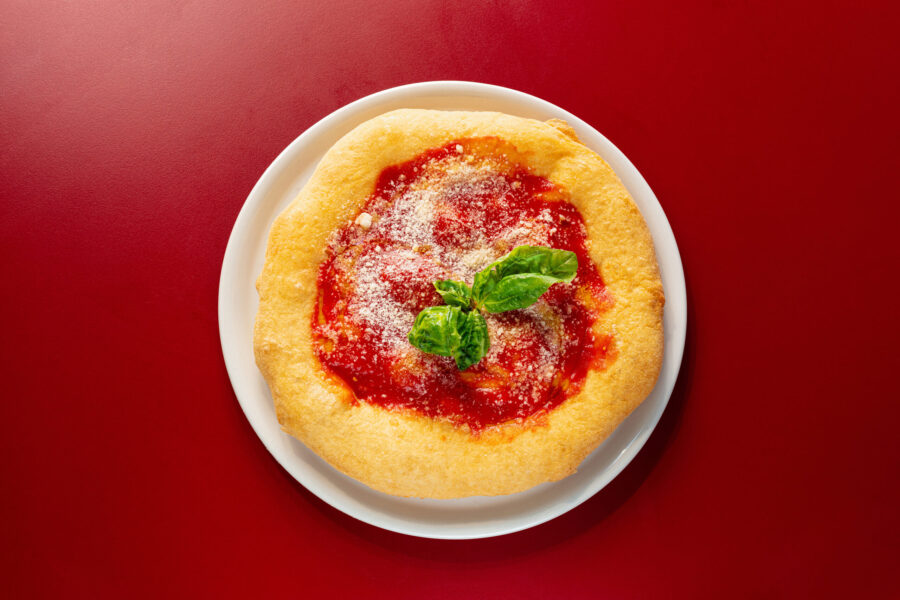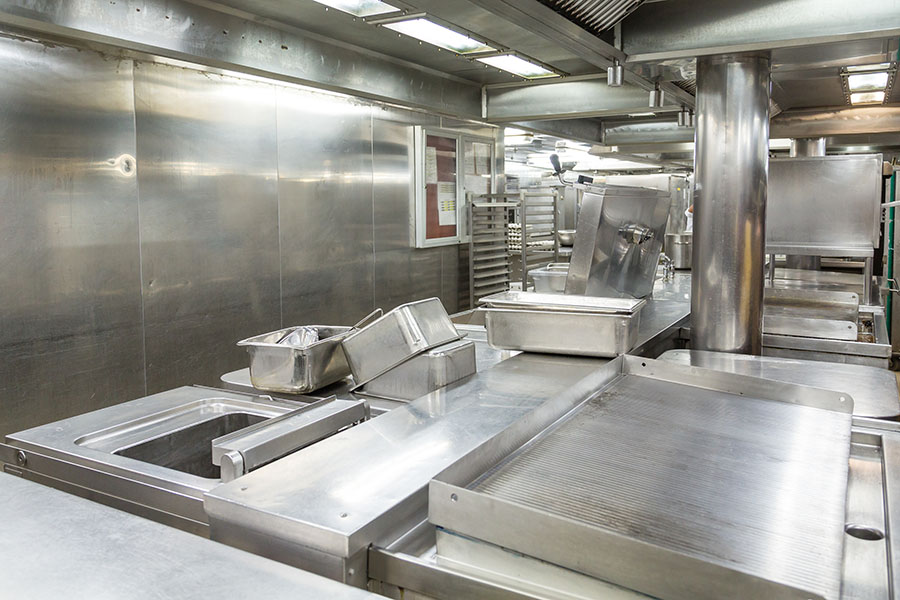 Dips definitely have a place on your appetizer or bar menu, so don’t look down on them as being a food that has lost it edge. Those tasteless dips (most made with onion soup and all that) we had been urged into trying at a party might have left a bad taste in our mouth and given dips a bad rap. But I am here to correct all that. The dips I am talking about are those that I like to call “delicious dips for today.” All have a creative edge. These are dips that you just want to, well, keep dipping into –– dips that your customers will rave about.
Dips definitely have a place on your appetizer or bar menu, so don’t look down on them as being a food that has lost it edge. Those tasteless dips (most made with onion soup and all that) we had been urged into trying at a party might have left a bad taste in our mouth and given dips a bad rap. But I am here to correct all that. The dips I am talking about are those that I like to call “delicious dips for today.” All have a creative edge. These are dips that you just want to, well, keep dipping into –– dips that your customers will rave about.
There are hot and cold versions. Generally speaking, cold dips are easier to deal with than hot dips. Cold dips go together without too much fuss (generally, all it takes is a food processor to complete the recipe) and have a longer shelf life. On the other hand, hot dips come across as being a lot more creative and have a livelier taste profile.
Consider seasonal aspects –– availability of fresh produce and herbs, cold weather, hot weather. I really enjoy hot soups in the winter, but not so much in the summer. And the reverse, cold soups (gazpacho, for example) in the summer. But that’s just me. Dips –– cold or hot –– have no season.
Here is one example of a creative approach to dips. Recently, I was at a wine bar/restaurant in Chicago, where I live. One of the appetizer choices was actually four dips in one. It was called “Taste of the Mediterranean.” Arranged on a small oval platter were an eggplant spread (baba ghanoush), an olive tapenade, hummus, and a cucumber/yogurt spread (tzatziki). A bowl filled with small pita triangles became the carrier or “dipper” to scoop up the various dips and spreads. So you see, a dip doesn’t have to be one dimensional.
On the subject of what can be used to scoop up a dip, you probably already have it in front of you: Pizza dough. Simply roll or stretch your basic pizza dough. Dock it, brush it with olive oil, bake and cut into squares or triangles. Serve your “pizza chips” on the side for your customer to use with your tasty dips.
I would recommend that you dip your toe in the water with a cold dip or two. Then fl ex your idea muscles and try out a hot dip. And don’t forget to work out an attractive presentation, which is very important to give your dip appetizers an up to date, modern feel. Here are a few ideas to get you started.
Italian Bean Dip
I suppose this could fall into the category of that Middle Eastern dip/ spread known as hummus (which is made using chickpeas). In this bean dip version I use cannellini beans. And it all goes together simply and easily. The only variable is the olive oil. Too little olive oil and the dip might come out too dry; too much oil and the dip will be too runny. You want this dip to have enough body to cling to the bread or pizza chip or whatever you are using. Use discretion as you add the olive oil.
Yield: about 5 cups of dip (scale up in direct proportion)
4 cups cannellini beans, rinsed, drained
2 cloves garlic, peeled
2 teaspoons fresh lemon juice
¼ cup fl at-leaf parsley
1 teaspoon (or to taste) crushed red pepper flakes
¼ cup extra-virgin olive oil (about)
In the work bowl of a food processor, combine the beans, garlic, lemon juice, parsley and red pepper flakes. With the motor running, drizzle in the olive oil until the dip is creamy, not runny. The flavor profile of this dip is at least two hours. Serve with triangles of toasted bread or pizza chips.
Roasted Red Pepper Dip
If you are using canned or jarred roasted red peppers, be sure to pat as much moisture off the peppers as possible or the dip will be too watery.
Yield: about 3 cups (scale up in direct proportion)
2 cups roasted red peppers (from jar or can or roast your own), patted dry
1 cup ricotta cheese
½ cup grated Parmesan cheese
Salt and pepper to taste
In the bowl of a food processor, combine the peppers, ricotta and Parmesan. Process until a smooth and creamy purée is formed. Add salt and pepper. Serve with toasted Italian bread or pizza chips.
Pizza Fondue Dip
The idea with this dip –– which as the name implies is a hot dip –– is to use what you already have on your prep table. Serve the fondue part in some type of attractive heatproof bowl (metal or porcelain). Put the bowl on a large plate; put the dipping bread around the perimeter of the plate. The purpose of the mozzarella is not only to add flavor interest, but body and texture to enhance the dipping process.
Yield: about 5 cups of dip (scale up in direct proportion)
½ pound cooked lean ground pork or sausage meat
1 clove garlic, crushed
3 cups pizza sauce or tomatoes (whatever you are using for your pizzas)
1 teaspoon each dried oregano and basil
2 teaspoons crushed or ground fennel seeds
½ cup grated Parmesan cheese
1 cup shredded mozzarella
In a large pot, set over medium high heat, combine the pork, garlic, pizza sauce, oregano, basil and fennel seeds. Stir to combine. When the sauce has reached a simmer (not boiling), swirl in the Parmesan. Wait a few minutes then stir in the mozzarella if you are using this portion size right away. Alternately, to complete the serving process: Keep the dip warm in a water bath or steam table. Hold back the mozzarella and add it to order, just before ladling out a portion relative to number of people to be served.
Pat Bruno is Pizza Today’s resident chef and a regular contributor. He is the former owner and operator of a prominent Italian cooking school in Chicago and is a food critic for the Chicago Sun-Times.






